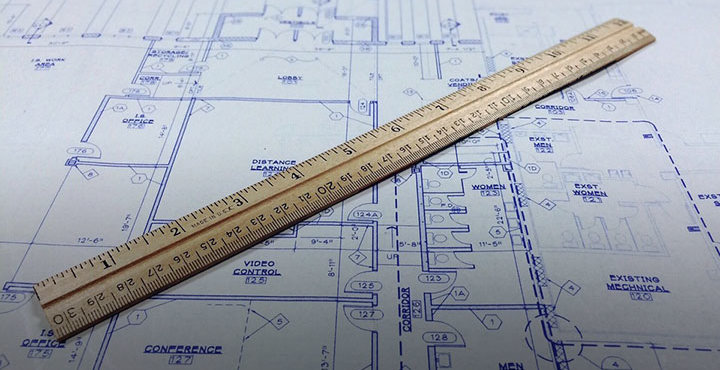How to Write an Abstract (and Why It's Important)
In most fields of research, a report, essay, or study begins with an abstract. An abstract is meant to sell your work; it should explain the topic of your paper, the problem your research is trying to solve or the question you are trying to answer, how you went about doing this, and the conclusion you reached. A clear, effective abstract is essential to getting published and to having your work cited in the future, so knowing how to write a good one is invaluable.
The Purpose of an Abstract
An abstract is necessary for any written research that will appear in a database, as it is the abstract that is accessed in a database search. Your abstract should be somewhere in the range of 100–250 words and use as many of the keywords from your paper as possible, as databases use the words that appear most often in a paper to index it. Writing a thorough, descriptive abstract makes your study easier to find and utilize, which means it will be cited more often.
Getting Started
Your abstract shouldn't simply repeat the thesis of your work or the introduction of your paper. Begin by specifying the topic of your research: What is the problem or question you are trying to answer? Then, briefly explain your methodology: How did you go about trying to solve this problem or question? Finally, share your conclusions: What were the results of your work? What are the implications of your findings? These are the main questions that an abstract should answer.
In terms of tone, keep it academic: Use formal, objective phasing, and make sure to use the active voice where possible—instead of saying "it was tested by the study," you should say "the study tested." Remember to use the same clear and concise language and technical wording found in the body of the paper, and avoid using acronyms and abbreviations that must be explained, taking up valuable space in your abstract.
In terms of structure, most of the popular style guides have specific formatting rules for writing an abstract; for example, APA requires an abstract to appear on its own page, separate from the main body of the paper. Likewise, most journals have specific requirements for abstracts, with some requiring a structured abstract with subheadings such as Objective, Methods, Results, and Conclusions, or an unstructured abstract, which summarizes the same information in a single paragraph without subheadings. To be sure you're formatting your abstract correctly, check your target journal's Instructions for Authors page.
Types of Abstracts
Different types of abstracts are appropriate for different types of work. A descriptive abstract describes the research without passing judgment on the outcome or on the work itself. This type of abstract doesn't include the conclusion of the research and should be thought of as a general outline of the paper's topic and of how this topic was studied. A descriptive abstract is often short—around the 100-word mark. In contrast, an informative abstract provides a fairly detailed explanation of your thesis, results, and implications.
Once It's Written . . .
Finally, it's important to have your abstract properly edited and proofread: Only then can you be sure your work is publication-ready.
Image source: Vadim Sherbakov/Stocksnap.io











